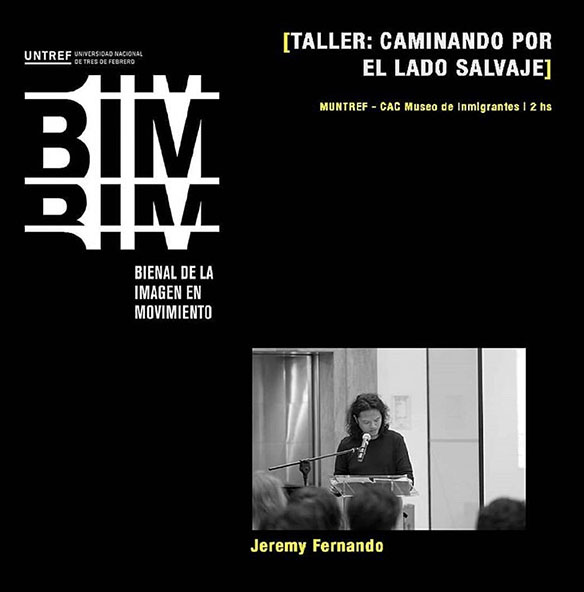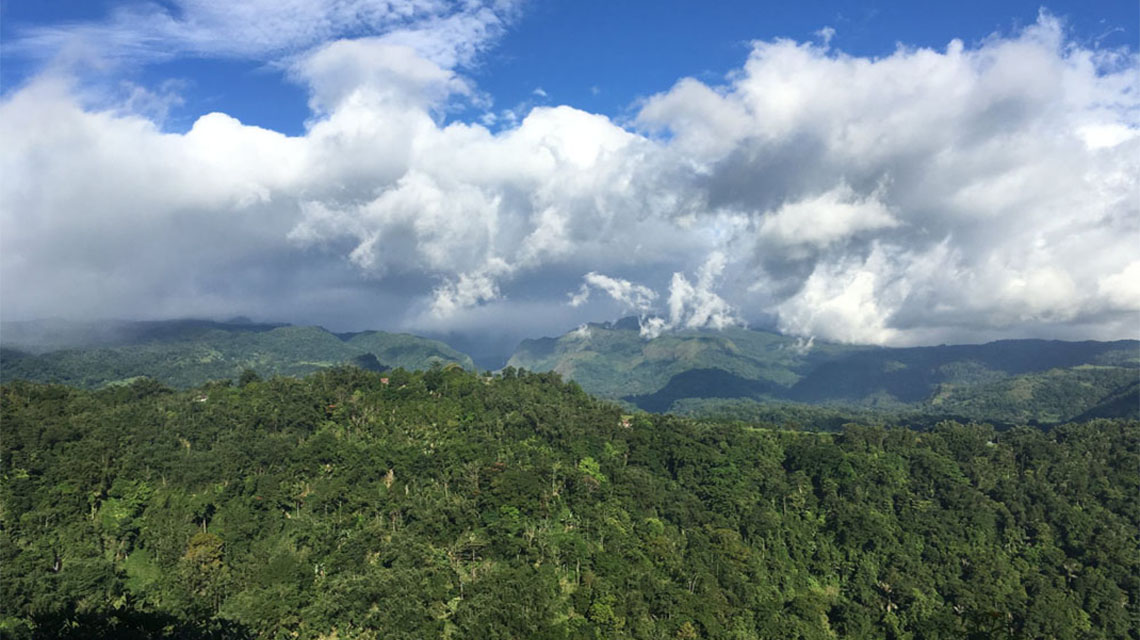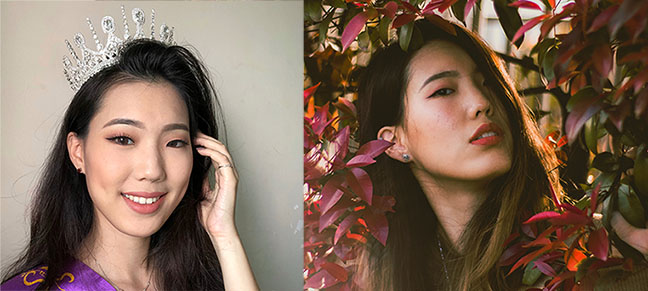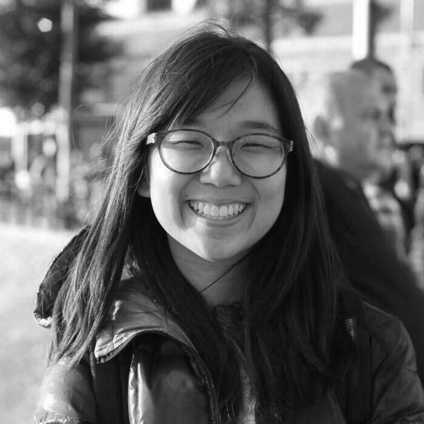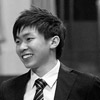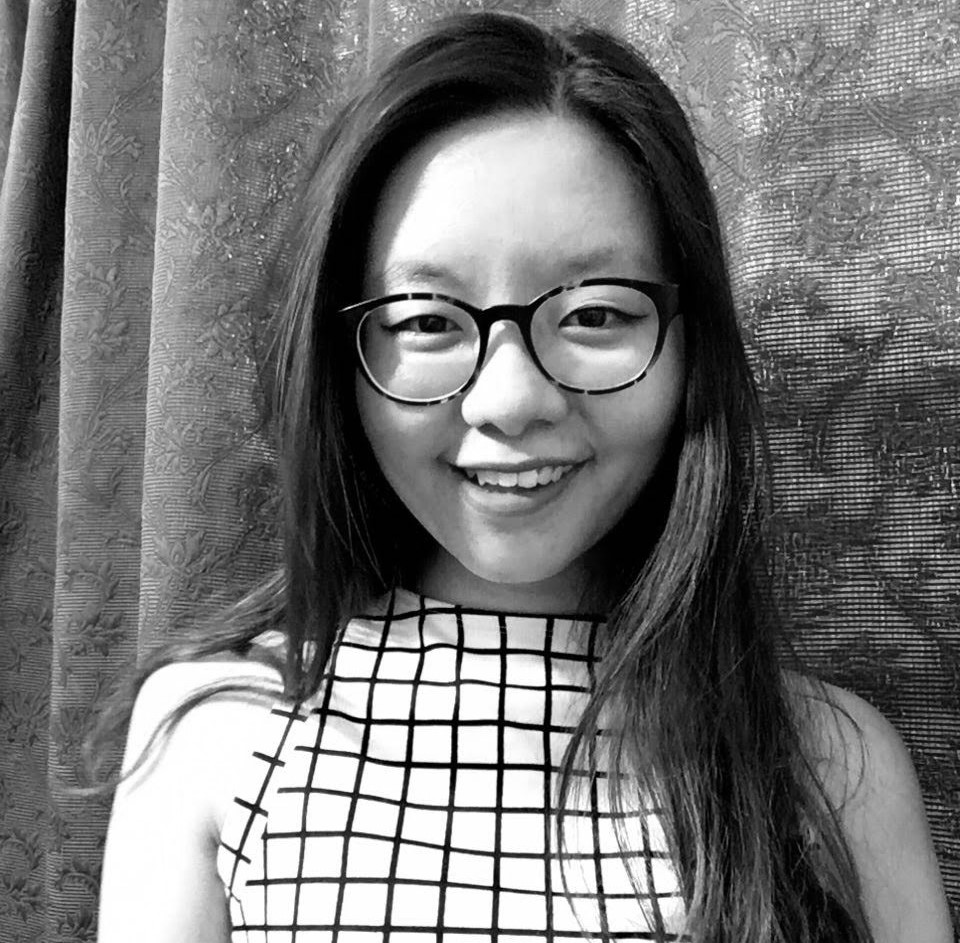By Professor Tommy Koh: Deng Xiaoping and Singapore
Deng Xiaoping had visited Singapore twice in his lifetime. In 1920, Deng was 16 years’ old. He was one of the 84 students from Sichuan province going to France to participate in a work cum study programme. His ship, Lebon, stopped over in Singapore for two days. Deng was shocked by the way the British rulers had treated the local people.
The second time he visited Singapore was 58 years later. He was the paramount leader of China but wore the modest titles of vice-chairman of the Communist Party, vice-Premier and vice-chairman of the Central Military Commission.
In November 1978, Deng visited Thailand, Malaysia and Singapore. The purpose of his trip was to mobilise the support of the three countries to join China in opposing the Soviet Union and Vietnam.
Deng was in Singapore from Nov 12-14. He and the Prime Minister of Singapore, Lee Kuan Yew, had not met before. When Lee visited China in 1976, Deng had been dismissed from power by Mao for the second time and was not in Beijing. Lee had received Deng graciously at the airport and had escorted him to the Istana Villa, the State Guest House.
On Nov 12, the two delegations met. Lee invited Deng to speak first. He spoke for 2½ hours outlining China’s position. He warned that, with the support of the Soviet Union, Vietnam was preparing to invade Cambodia.
The next day , Lee responded to Deng’s presentation. He spoke for only half an hour. Lee said that China wanted the ASEAN countries to unite with China to isolate the “Russian bear” but our neighbours wanted us to unite with them to isolate the “Chinese dragon”. Why did they fear China? They feared China because China supported the communist insurgencies in Southeast Asia, appealed to the ethnic Chinese in Southeast Asia to help the motherland and made radio broadcasts from Southern China denouncing the regional governments. Two years later, Deng stopped all such practices.
THE DENG-LEE FRIENDSHIP
Although Deng and Lee met for only three days in 1978, the meeting led to a special relationship between the two great men. They admired and respected each other. They established a relationship of mutual trust.
Deng did not visit Singapore again after 1978. However, Lee met Deng again, in China, in 1980, 1985 and 1988.
Deng trusted Lee. He knew that Lee visited Taiwan frequently and was close to President Chiang Ching-Kuo and to the leaders of the United States. On several occasions, Deng had requested Lee to pass on messages to Chiang and to American leaders.
Lee decided that it was in Singapore’s national interest to support Deng’s policy of reform and opening the Chinese economy to the world. As a result, the Singapore government and private sector have been helping China for the past 40 years. Lee also encouraged the Americans and other world leaders to engage China and help China integrate into the global community.
China remembers both its friends and enemies. Lee Kuan Yew was regarded as a friend of China. At the 2008 Beijing Summer Olympic Games, Lee, George H W Bush, Henry Kissinger and a few others were invited to the opening ceremony as “old friends of China”. Because of Lee, Singapore enjoys goodwill and respect in China.
TWO ECONOMIC MIRACLES
In the past 40 years, both China and Singapore have enjoyed an economic miracle. In 1978, China’s per capita income was US$229. Today, it is US$8,836. In 1978, China accounted for only 2 per cent of the world economy. Today, it accounts for 15 per ent and is the second largest economy in the world, after the US.
In 1978, Singapore’s per capita income was US$2,187. Today it is US$55,235. Since 20103, Singapore has become China’s largest foreign investor.
It would not be wrong to say that the two countries have prospered together in the past 40 years. The close relationship between China and Singapore is enjoyed by the two governments and the two peoples. The relationship has become multi-faceted and multi-layered.
BUILDING ON DENG-LEE LEGACY
China and Singapore have sought to build on the legacy bequeathed by Deng and Lee in many ways. Let us review some of the more important ways in which the two countries have cooperated for their mutual benefit.
China is the only country with which the Singapore government has entered into major development projects. The first project was the Suzhou Industrial Park. It had two objectives. First, to revitalise this ancient and beautiful city. Second, to build a new city next to the old city. The new city would be a model city, providing jobs, social amenities and public services in a clean and green environment. The objective of the project was not to make money but to transfer Singapore’s software to China.
The success of the Suzhou Industrial Park encouraged the two governments to embark on the second project. The second project was to turn a piece of waste and polluted land in Tianjin into an environmentally sustainable city. Today, the Tianjin Eco-City is a vibrant city of more than 80,000 residents. The project has just celebrated its tenth anniversary. Like Suzhou, Tianjin is a path-breaking project.
The third iconic project is the Chongqing Connectivity Initiative (CCI). China asked Singapore to help develop the Western Region of China. Rather than developing another infrastructure project, we proposed to focus on connectivity. It is still early days, but the initiative has got off to a good start. In particular, the Southern Transport Corridor under the CCI has established a more efficient and direct cargo route between Western China and Singapore, thereby establishing a substantive link between the land-based Silk Road’s Economic Belt to the Maritime Silk Road.
SHARING SINGAPORE’S SECRETS
In 1992, Deng was facing considerable opposition to his policies from the conservative leaders of the party. He decided to rally support in the most unusual way. On the pretext of taking a family vacation, he and his family travelled by train to Wuhan, Guangzhou, Shenzhen, Zhuhai and Shanghai. Everywhere he went, he was met with great enthusiasm. It was clear to the party leaders in Beijing that Deng’s policies enjoyed broad support. Subsequently, Deng scored a major victory at the politburo meeting in Beijing in March 1992. The conservatives were defeated.
When in Shenzhen, Deng said that China should learn from Singapore because, “society in Singapore is quite orderly. They managed things very strictly. We ought to use their experience as a model. And we ought to manage things even better than they do.”
Following Deng’s exhortation, hundreds of delegations from China have visited Singapore. They wanted to study every aspect of Singapore’s development. Singapore has responded generously. We have since welcomed tens of thousands of Chinese mayors and other officials to attend customised courses in Singapore.
IS SINGAPORE STILL RELEVANT
I co-chair the annual dialogue with China called the China-Singapore Forum. At one of our meetings, a Chinese scholar asked two provocative questions. First, since China has made so much progress, is Singapore still relevant to China? Second, are there areas in which China can still learn from Singapore?
In my reply, I said that the nature of our relationship has changed. China has made so much progress that, in some areas, China is ahead of Singapore. I said that the new spirit of our relationship is mutual learning or what the Chinese call, “huxiang jiejian” . However, some of Singapore’s experiences may still be relevant to China. I would suggest the following: combating corruption, maintaining social harmony among various segments of society, the rule of law, good governance, food safety, clean environment and sustainable development.
I am an admirer of both Deng Xiaoping and Lee Kuan Yew. I believe that they had changed the course of history of their two countries. In Nov 2010, when I was the Chairman of the National Heritage Board, I invited Mr Lee and the then Vice-President of China, Mr Xi Jinping, to unveil a marker and bust of Deng, under the programme, Visitors To Our Shores.
The marker and bust are located by the side of the Singapore River, in front of the Asian Civilizations Museum. Chinese Vice-Premier Han Zheng visited the site recently to offer flowers as a mark of respect. On Nov 12., on the occasion of the 40th Anniversary of Deng’s historic visit to Singapore, I will go to the marker to pay my respect to this great Chinese leader and friend of Singapore.



